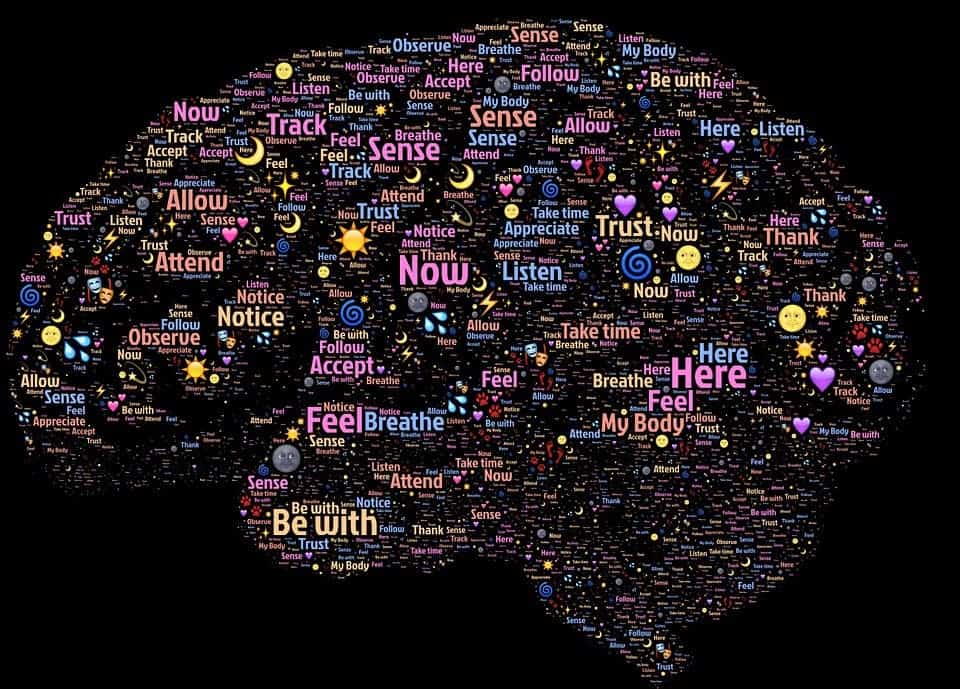A new model proposed by EPFL scientists tries to explain how our brain processes information and then makes us consciously aware of it. According to their findings, consciousness forms as a series of short bursts of up to 400 milliseconds, with gaps of background, unconscious information processing in between.
Subjectively, consciousness seems to be an uninterrupted state of thought and senses giving us a smooth image of the world around us. So to the best of our knowledge, sensory information is continuously recorded and fed into our perception; we then process it and become aware of it as this happens. We can clearly see the movement of objects, we hear sounds from start to end without pause, etc.
But have you ever found yourself reacting to something before actually becoming aware of the need to react? Let’s say you’re running and trip over, but you change your motions to prevent falling almost automatically. Or you’re in traffic, the car in front of you suddenly stops and you slam on the brakes instinctively, even before you realize the danger. If yes, you’ve most likely said “thanks reflexes” and left it like that.
This, however, hints at processes that analyze data and elaborate responses without our conscious input, sparking a debate in the science community that goes back several centuries. Why does this automated response form — just as an extra safety measure? Or rather, because your consciousness isn’t always available when push comes to shove? In other words, is consciousness constant and uninterrupted, or more akin to a movie reel — a series of still shots?
Michael Herzog at EPFL and Frank Scharnowski at the University of Zurich now put forward a new model of how the brain processes unconscious information, suggesting that consciousness arises only in intervals up to 400 milliseconds, with no consciousness in between. By reviewing data from previously published psychological and behavioral experiments on the nature of consciousness — such as showing a participant several images in rapid succession and asking them to distinguish between them while monitoring their brain activity — they have developed a new conceptual framework of how it functions.
They propose a two-stage processing of information. During the first, unconscious stage, our brain processes specific features of objects such as color or shape. It then analyzes these objects with a very high time-resolution. But crucially to the proposed model, there is no actual perception of time during this phase — even time-dependent features such as duration or changes in color are not perceived as such. Time simply becomes a value assigned to each state, just as color or shape. In essence, during this stage your brain gathers and processes data, then puts them into a spreadsheet (a brainxcell if you will,) and “time” becomes just another value in a column.
Then comes the conscious stage: after unconscious processing is completed the brain renders all the features into our conscious thought. This produces the final picture, making us aware of the stimulus. Processing a stimulus to conscious perception can take up to 400 milliseconds, a considerable delay from a physiological point of view. The team focused their study on visual perception alone, and the delay might vary between the senses.
“The reason is that the brain wants to give you the best, clearest information it can, and this demands a substantial amount of time,” explains Michael Herzog. “There is no advantage in making you aware of its unconscious processing, because that would be immensely confusing.”
This is the first time a two-stage model has been proposed for how consciousness arises, and it may offer a more refined picture than the purely continuous or discrete models. It also provides useful insight into the way our brain processes time and relates it to our perception of the world.
The full paper, titled “Time Slices: What Is the Duration of a Percept?” has been published online in the journal PLOS Biology and can be read here.










